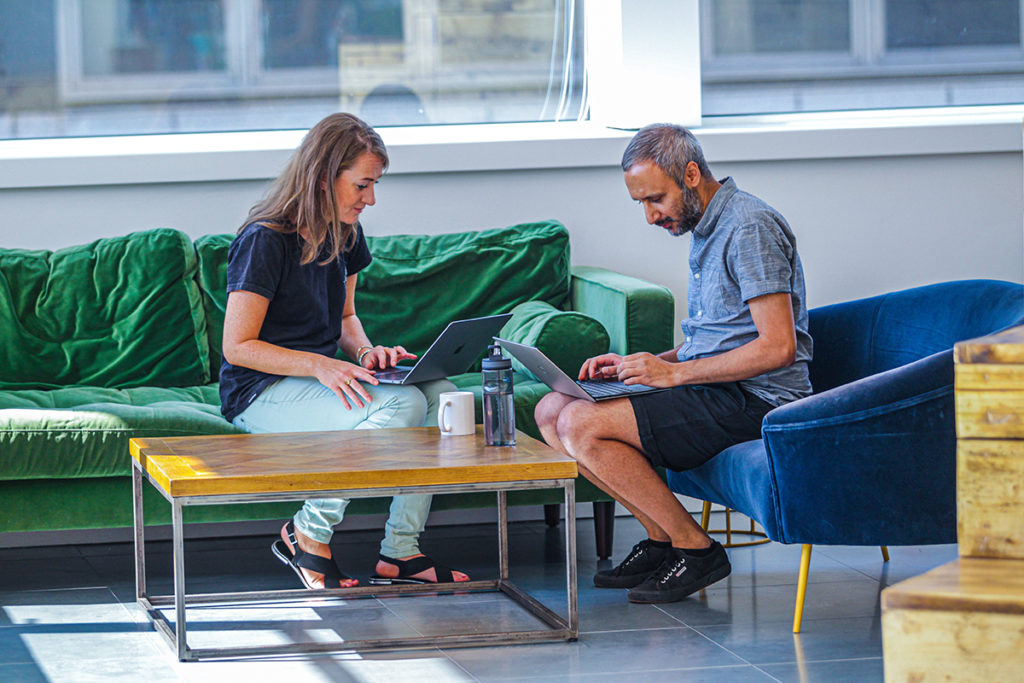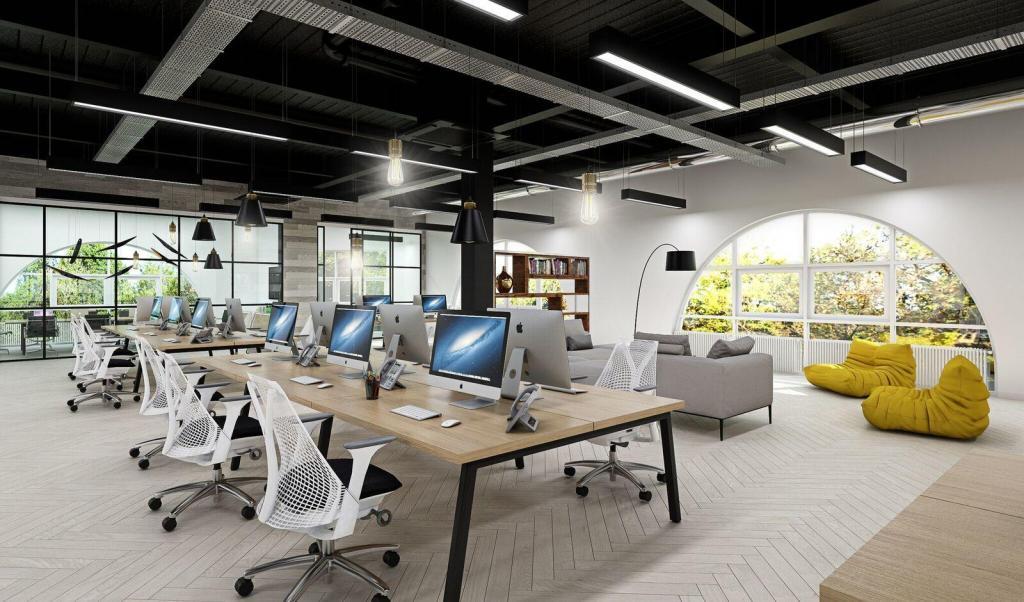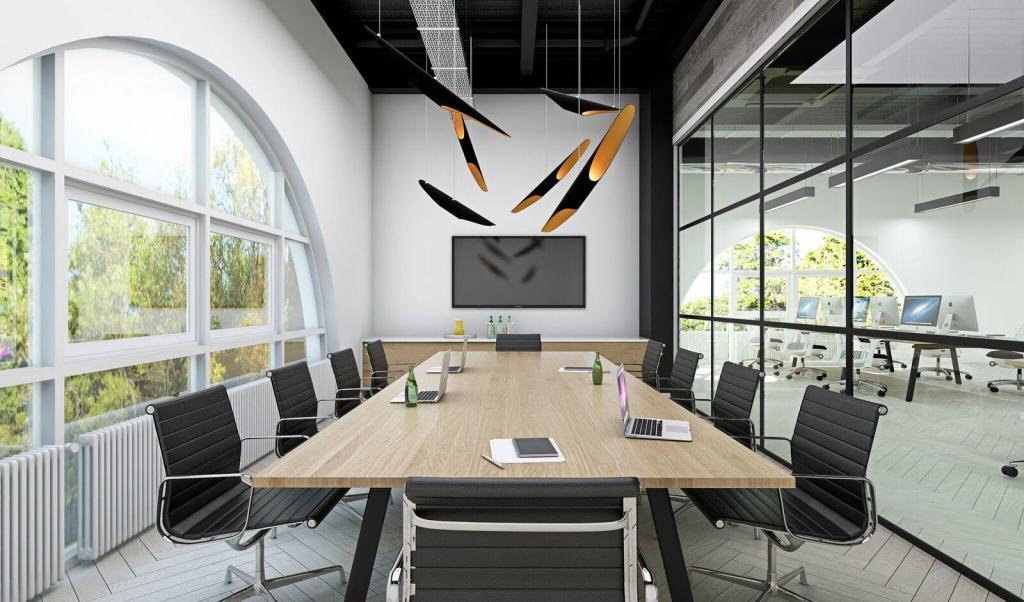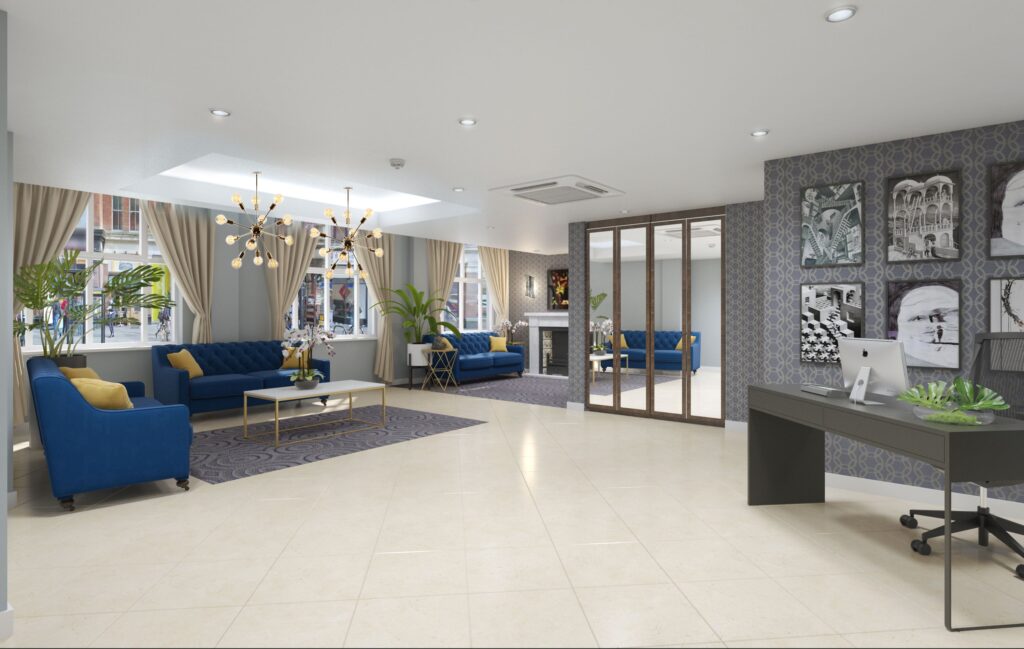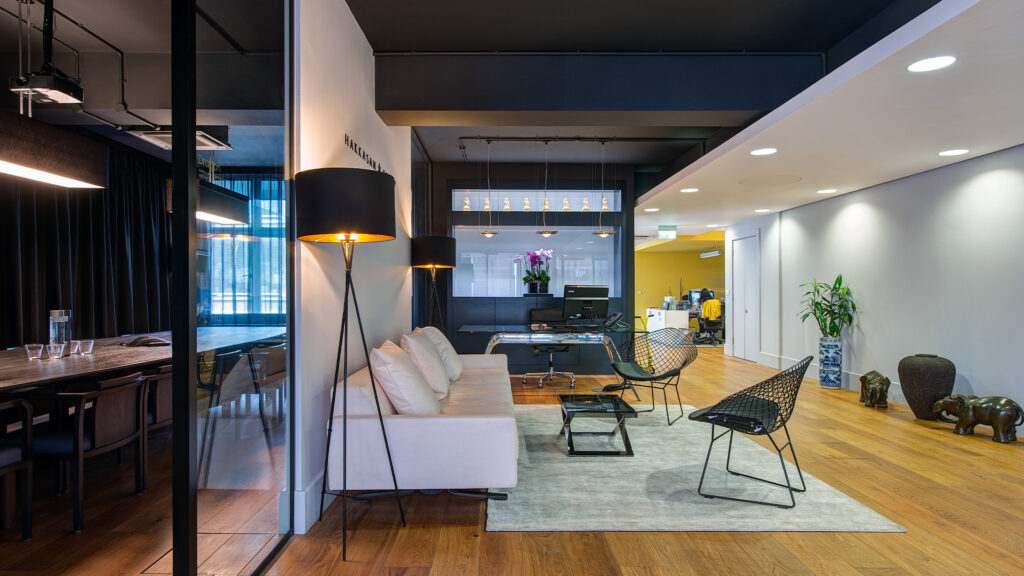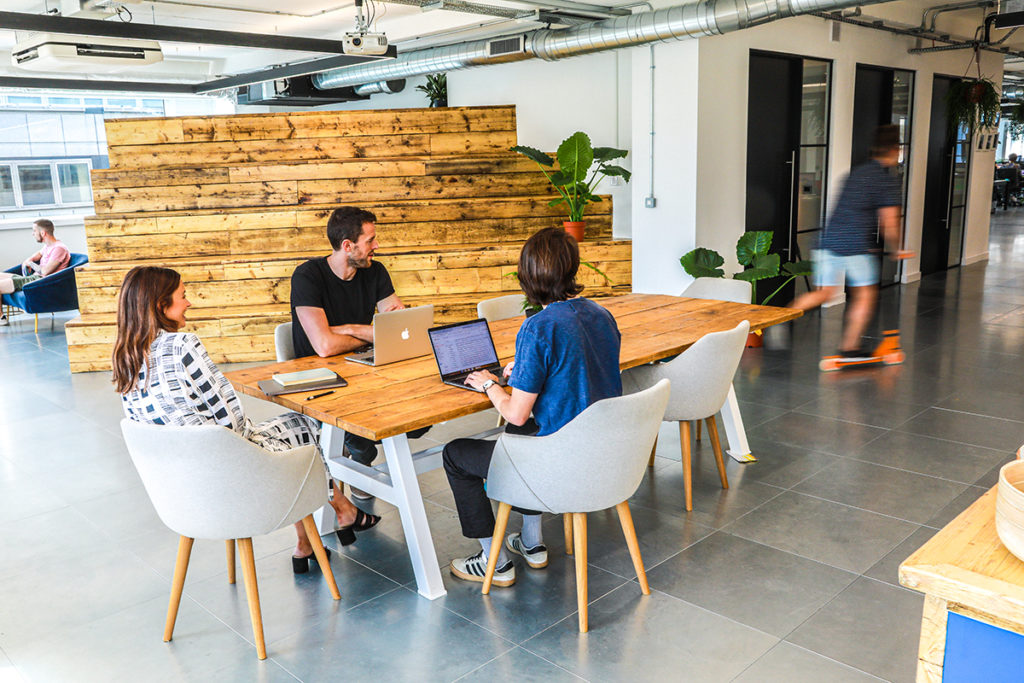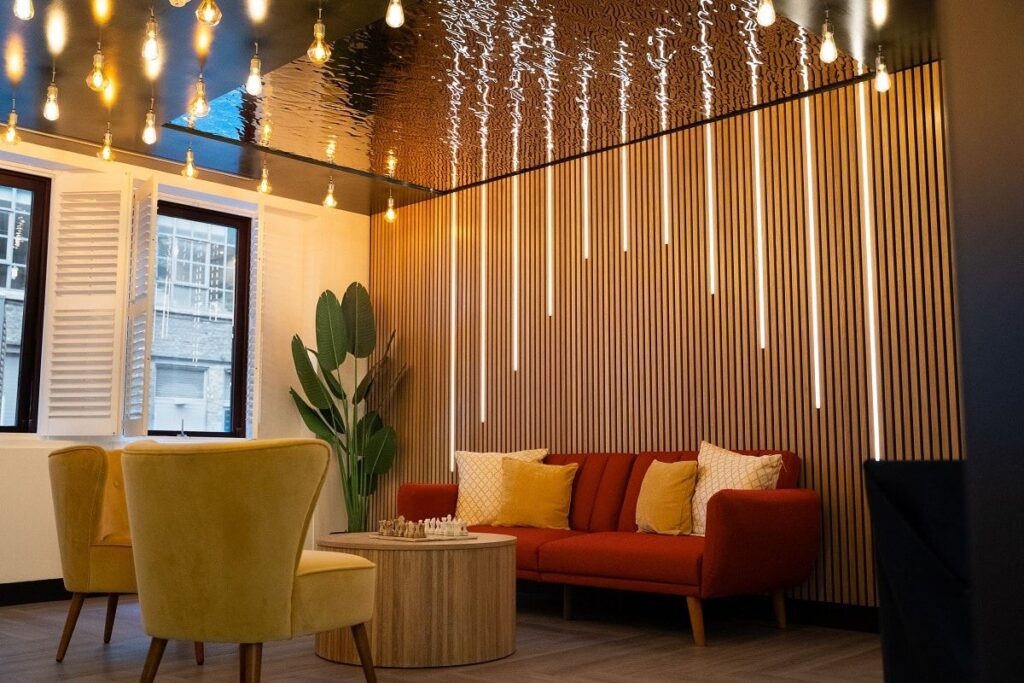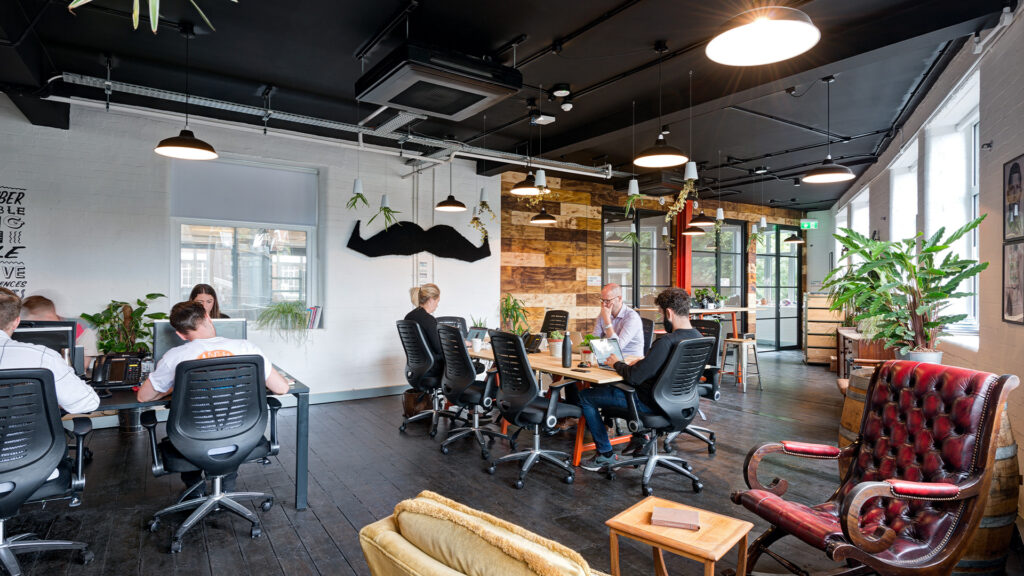In May 2013, the Harvard Business Review posed an intriguing question: if you wanted to design the best company on earth to work for, what would it be like? The firm of dreams, it turns out, is an organisation where individuals are allowed to be themselves; where personal strengths are magnified; where the company stands for something worthwhile; and where no one is hindered by stupid rules.
Deliver these common sense principles, and you’ve cracked to code to staff retention. Yet few companies showcase these values. Several of them clash with traditional work styles and “the way things are done around here.” Almost all require managers to relinquish hierarchy-based office interiors and carefully balance the competing interests of their rich and diverse workforce.
That’s not to say that business owners cannot strive to create the most rewarding working environment possible. How do you start? By putting people at the centre of your office design.
Office design lets people be themselves
Any population of employees will have a range of preferences in terms of working environments, so it’s important that your office fit out delivers a variety of settings for workers to choose from on any given day. That might include “we-focused” office design — open office interiors for those who thrive on buzzy, collaborative experiences — and “me-focused” office design; cosy nooks for those who need a quiet place to think. It could even be as simple as incorporating more natural light, a proven mood-booster, into your office interior or introducing laid back, home-from-home spaces to complement an open-plan office design.
Office design delivers something workers can believe in
When competition for talent is fierce, retaining and developing your existing staff makes sound economic sense. To stop your best people decamping for more promising opportunities, your office interiors should be aspirational places to be. Good office design can add value in a myriad of ways — promoting powerful interactions between coworkers, providing “perch” spots so workers can drop in on conversations without disrupting their workflow, infusing every component of the office fit out with the organisation’s brand. It’s about creating office interiors that really deliver what the company stands for so that workers can live (and enrich) the corporate culture.
Office design gets rid of arbitrary restrictions
Psychology tells us that workers perform best when they are given autonomy, derived not from a focus on process management but from the importance of the results they produce. Thus, the “office design of dreams” unchains its workers from their desks and focuses on their productivity. That might mean removing the glass-walled corner office (employees might feel uneasy when under the constant scrutiny of their boss), and giving workers more control over the office fit out through adjustable furniture, foldable partitions, lighting and heating options and work stations on wheels.
Ultimately, it’s about addressing every working scenario, in countless office fit out options, giving workers choice and opportunity based on their tasks and preferences. Who wouldn’t want to stay in a company that puts people first like that?




